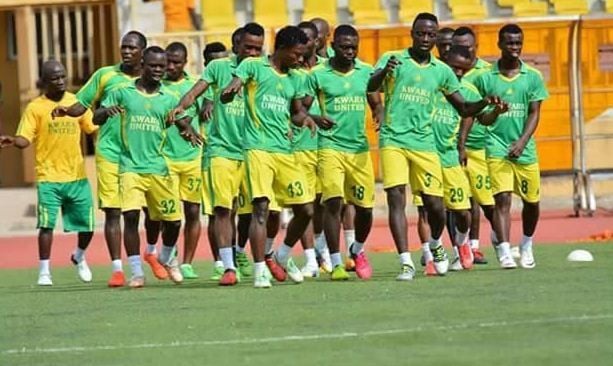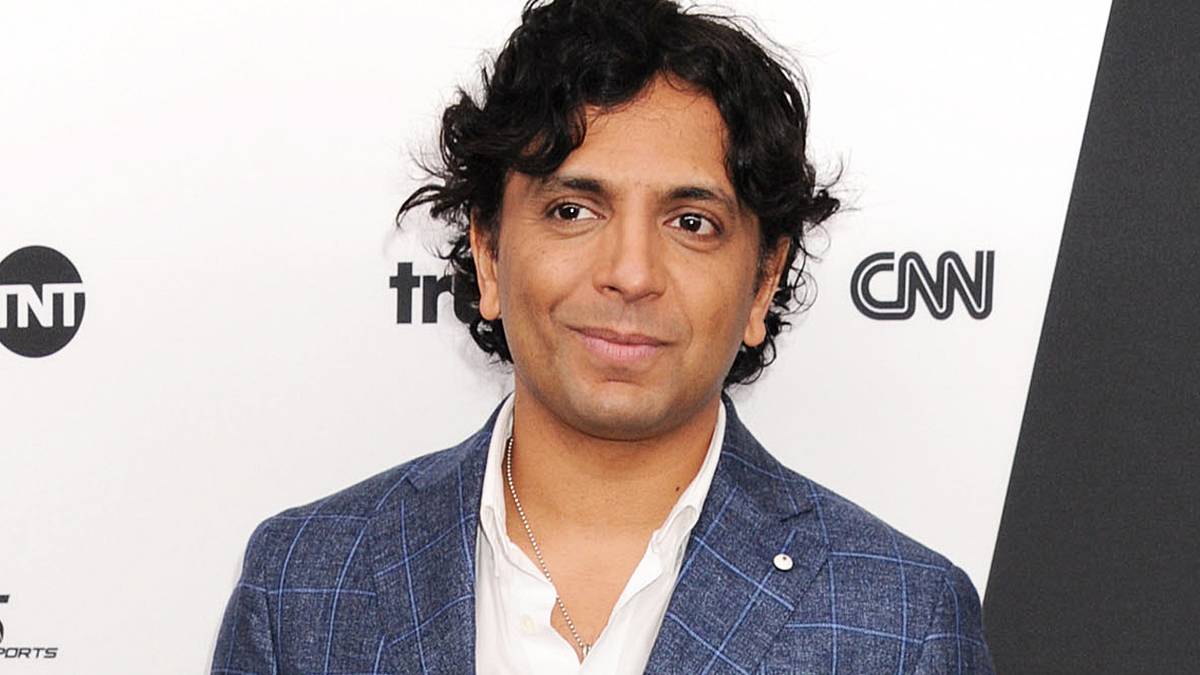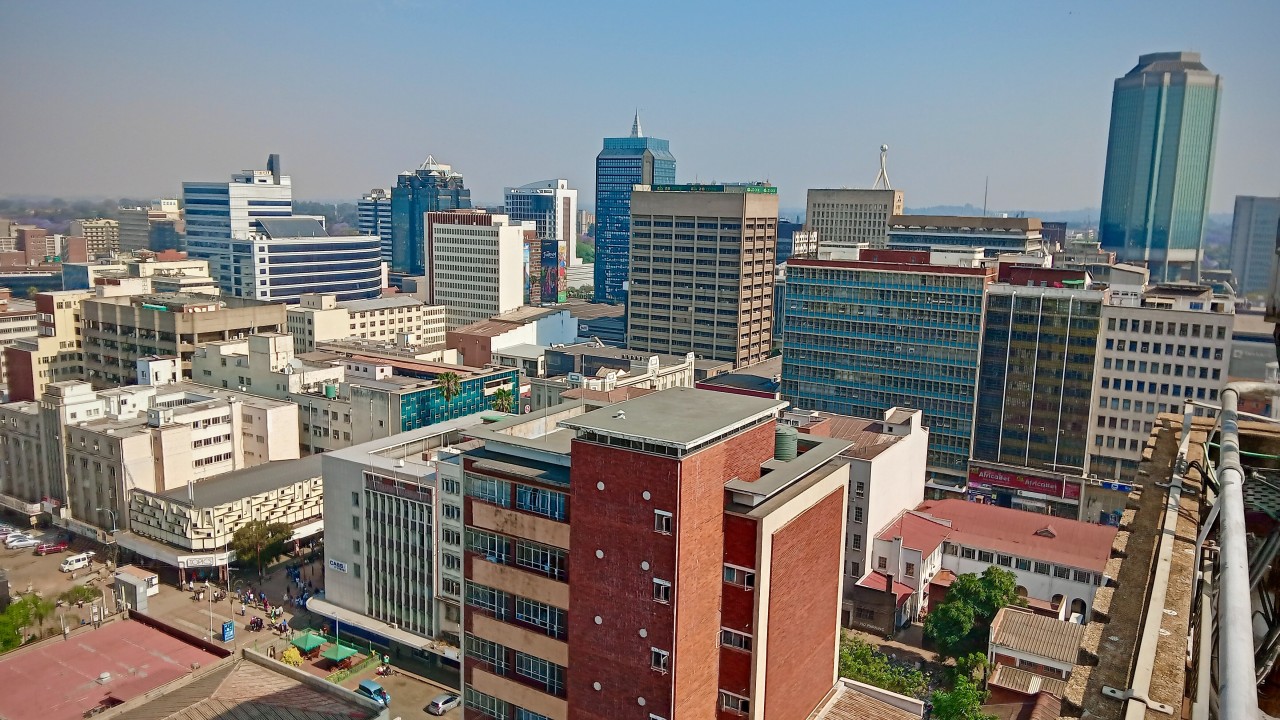Intel's Grand Comeback: Foundry Business Takes Center Stage Amid Recovery

Intel Corporation has reported a resurgent third-quarter performance, marking one of the company’s strongest comebacks in recent years. The tech giant posted a net income of $4.1 billion, a monumental turnaround from the $16.6 billion loss recorded in the same quarter last year. This reversal comes on the back of a substantial revenue increase of $800 million, reaching $13.7 billion, as well as extensive cost-optimization and restructuring initiatives spearheaded by the company’s new leadership.
At the helm of this recovery is CEO Lip-Bu Tan, whose strategic overhaul has significantly reshaped Intel’s financial and operational direction. The company has bolstered its balance sheet by $20 billion in the past quarter, driven by three pivotal investments. In August 2025, SoftBank infused $2 billion into Intel, followed by an unprecedented 10% equity investment by the U.S. Government, amounting to $8.9 billion, of which $5.7 billion has already been received. In September, Nvidia acquired a $5 billion stake as part of a broader collaboration to co-develop advanced semiconductors. These combined investments have fortified Intel’s liquidity and strategic position, reinforcing its identity as the only U.S.-based semiconductor firm maintaining leading-edge manufacturing and R&D capabilities.
Tan credited this momentum to strong public-private confidence, noting the backing of President Trump and Secretary Howard Lutnick, both of whom have lauded Intel’s role in national semiconductor independence. Further bolstering its financial position, Intel divested Altera for $5.2 billion and sold its remaining Mobileye stake moves that streamlined its portfolio and freed up capital for core innovation projects.
However, the future of Intel’s foundry business the division responsible for custom chip manufacturing remains the central focus of Tan’s turnaround blueprint. Despite challenges since its inception, the foundry division is now viewed as critical to U.S. semiconductor sovereignty. Under the government’s equity terms, Intel would face financial penalties if it attempted to divest or dilute this division over the next five years, reflecting Washington’s strategic interest in maintaining domestic chip manufacturing capabilities.
Wall Street analysts, including several from Bloomberg and Reuters, continue to emphasize that Intel’s long-term success will depend less on immediate cash infusions and more on its ability to establish a consistent and competitive foundry strategy. Analysts expect that increased collaboration with U.S. defense and technology firms could help Intel regain market share lost to TSMC and Samsung Foundry over the past decade.
CEO Tan expressed optimism about the division’s trajectory, asserting that Intel’s foundry operations are “uniquely positioned” to serve escalating global demand for advanced chips. While remaining tight-lipped on specific partnerships, he confirmed that Intel is in active discussions with multiple clients and remains committed to disciplined, long-term growth. Emphasizing customer trust, Tan stated, “Our mission is to delight our customers, delivering performance, yield, cost efficiency, and precision timing.
You may also like...
Bamidele Yusuf’s Europa League Fury: Ferencváros Stuns Salzburg 3–2

Nigerian star Bamidele Yusuf scores the winner as Ferencváros complete a sensational 3–2 comeback over RB Salzburg in th...
Kwara United Unveil Suleiman as New Technical Visionary

Kwara United confirm Ashifat Suleiman as their new technical adviser after a steady interim spell, as the Ilorin-based c...
M. Night Shyamalan’s Unexpected Romance “Remain” Set to Dominate the Box Office

M. Night Shyamalan joins Nicholas Sparks for Remain, a romantic thriller starring Jake Gyllenhaal and Phoebe Dynevor, se...
Writers Warn of Cataclysmic Fallout from Warner Bros. Merger

The Writers Guild of America (WGA) warns that a potential Warner Bros.–Paramount merger could devastate the entertainmen...
Latin Music Icons Crowned: Unforgettable 2025 Billboard Awards Gala

The 2025 Billboard Latin Music Awards in Miami honored Bad Bunny, Laura Pausini, Peso Pluma, and Elvis Crespo, celebrati...
Zimbabwe's Economic Spotlight: Real Estate's Lowest Wage Revealed at $305

Zimbabwe’s commercial sector introduces new wage adjustments, setting the lowest monthly salary in real estate and distr...
Intel's Grand Comeback: Foundry Business Takes Center Stage Amid Recovery

Intel records a $4.1 billion profit in Q3 2025, reversing previous losses through government backing, investor partnersh...
SA Firm Forges Ahead to Launch Africa's Groundbreaking Listed Bitcoin Treasury Company!

Altvest Capital Limited rebrands as Africa Bitcoin Corporation (ABC) to become Africa’s first listed Bitcoin treasury co...

